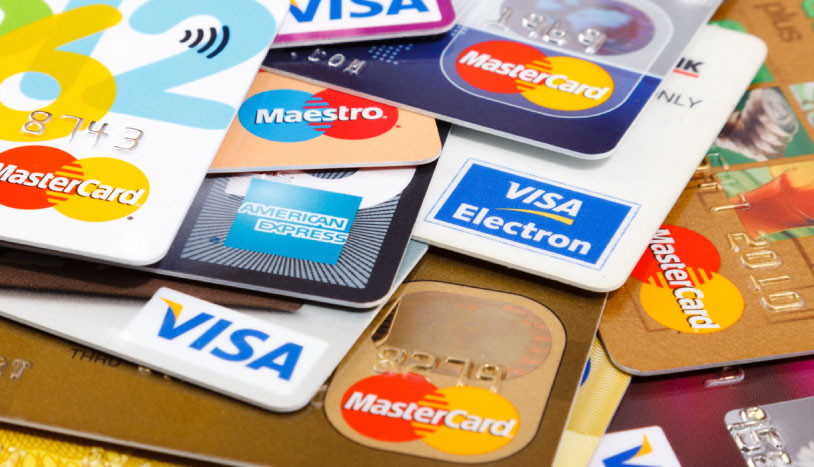
The automated teller machine, also known as an ATM machine, was a revolutionary idea for the banking industry. Human tellers are still important, but the introduction of the ATM allowed for the more mundane, everyday transactions to take place without human interference. The ATM machine cut down on the manpower needed in a bank, as well as reducing the likelihood of calculation mistakes and miscounting of money.
There has been some debate about who invented the first ATM equipment. Some claim that it was Luther Simjian who introduced the first ATM machine in 1939, although the machine had a myriad of problems. Others, however, claim that it was invented by James Goodfellow in Scotland in 1966, because he holds the first recognizable patent for the machine. Another man, named John D White, invented the first free-standing ATM machine equipment. The first automated teller machine was installed in Barclay’s Bank in London in 1967.
John Sheppard-Barron was the driving force behind the installation of the device at Barclay’s in 1967. He foresaw the potential for the automated teller machine, and invented the first American-made model. It was a little dangerous, however, as it used radioactive, marked checks to match a check to an account. Until the bank card was invented, this carbon-14 recognition system was the best way to match a check to an account.
John Sheppard-Barron also invented the Personal Identification Number, or PIN number. He used it in his first ATM machines, matching a personal check to a PIN number by marking checks with carbon-14, a radioactive isotope.
After John Sheppard-Barron created his machine, a man named Don Wetzel came up with another idea for an automated teller machine. His idea came to him, he said, while he was waiting in line to see a teller at the bank. His first machines were not ATM machines as we know today; instead, they were merely cash-dispensing machines. Today, the cash that is withdrawn using an ATM machine is withdrawn automatically from the cardholder’s account. However, in 1971, computer network systems were still fairly rudimentary. As a result, the ATM equipment was not connected into the bank’s computer network as it is today.
Don Wetzel’s ATM equipment functioned essentially like a credit card, except it used cash. The only people allowed to use this type of ATM were people who held credit cards and who had good credit, because the bank was essentially lending money against their account. Don Wetzel worked with a team to develop another generation of ATM machines that would allow more people access and further reduce the amount of time that people needed to spend at the bank.
The second and third generation of ATM machines came with ATM cards, a card with a magnetic strip linked to a PIN number that allowed the user to take cash out of their account. This expanded the amount of people that could use the ATM machines greatly, as the users were no longer borrowing money from the bank, but instead, taking money from their own accounts within the bank.